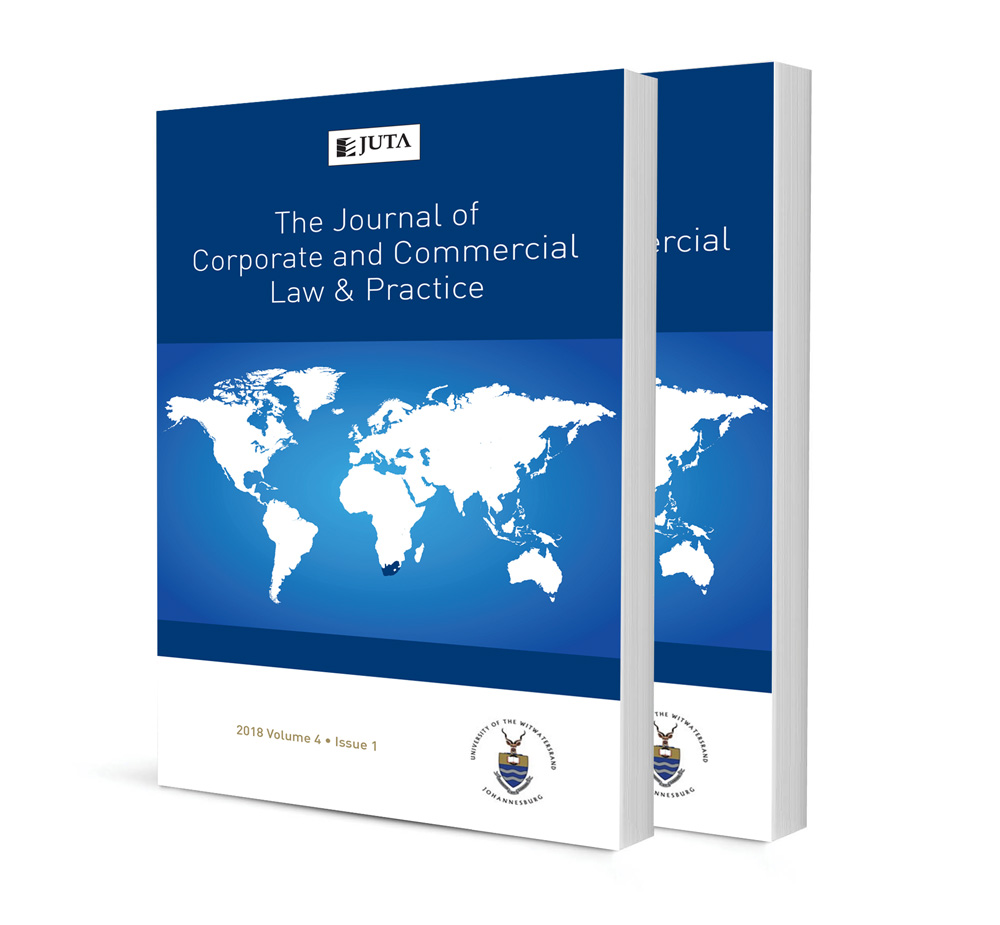Obliged to release a solvent spouse’s assets during sequestration proceedings?

Obliged to release a solvent spouse’s assets during sequestration proceedings?
Authors Clement Marumoagae
ISSN: 2521-2575
Affiliations: Senior Lecturer, School of Law, University of the Witwatersrand
Source: Journal of Corporate and Commercial Law & Practice, Volume 5 Issue 1, 2019, p. 42 – 58
Abstract
This article reflects on the interaction between section 21(1) and section 21(2) of the South African Insolvency Act. Section 21(1) has been subject to controversy relating to whether it enables the trustee to acquire ownership of the assets that constitute the solvent spouse’s estate where spouses married out of community of property have colluded to defraud the insolvent spouse’s creditors. Section 21(2) seems to be intended to ensure that the trustee does not permanently take control of the solvent spouse’s property if the solvent spouse can prove that there was no collusion between the spouses and that he or she has valid title to any property that vested in the trustee due to the sequestration of the insolvent spouse. Through selected cases, this article demonstrates that the trustees of an insolvent spouses’ estates, in their quest to maximise the benefits, that should be derived by the insolvent spouses’ creditors, usually refuse to release assets that belong to the solvent spouses on the basis that spouses married out of community of property have colluded. This article interrogates the concept of collusion when the solvent spouses’ assets have vested in the trustees of the insolvent spouses’ estate. Furthermore, it argues that solvent spouse who has benefited from the financial assistance of his or her insolvent spouse, at the time when the insolvent spouse had not been insolvent, should not be punished for that assistance when the insolvent spouse is later sequestrated.